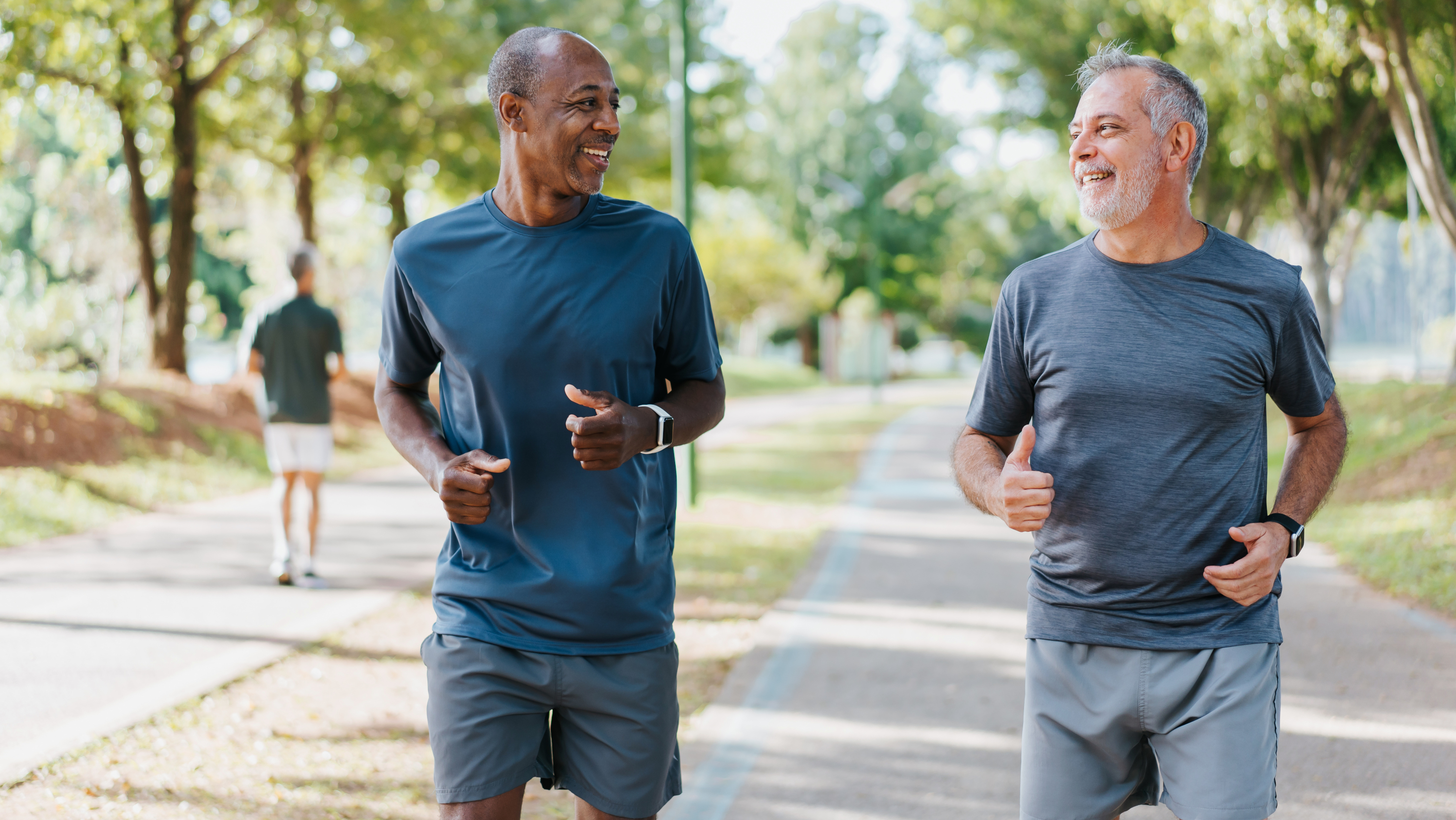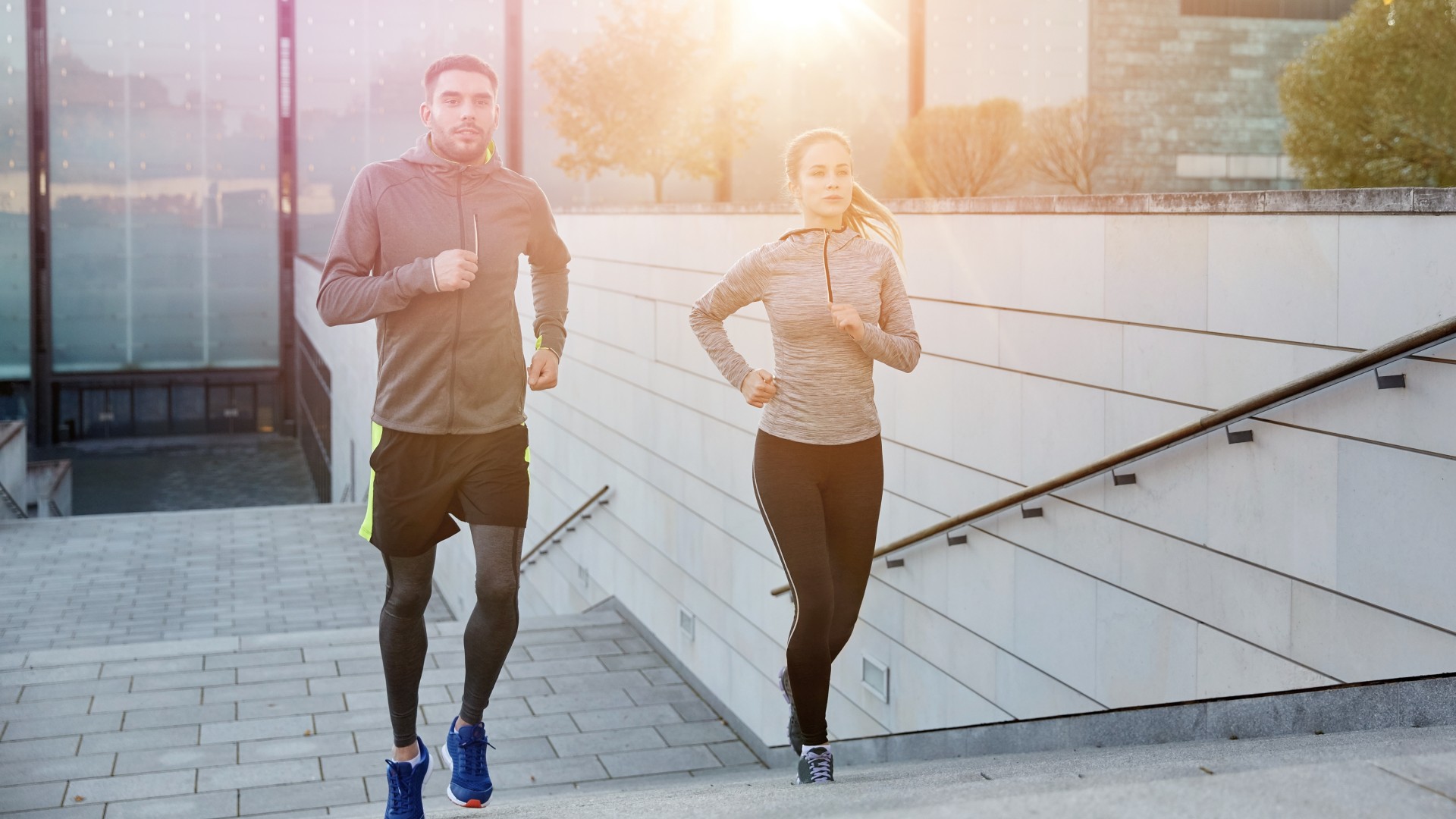This one exercise instantly improves walking — according to a physiotherapist
It's a simple move, but it could help you walk better, faster and longer.

This simple daily exercise is designed to “unlock your walk,” boost walking balance, endurance and speed, and help you move for longer with less pain.
Demonstrated by physiotherapist Shrey Vazir, the exercise could help you walk better in as little as one month, and it’s perfect for those over 60 looking to improve mobility and move more freely.
Vazir says there are typically three barriers to walking: distance, speed, or pain. These can gradually worsen with age, but they're also reversible, which is great news if you’re looking to up your walking game.
And there are plenty of benefits for your health if you walk more often, including a stronger set of lungs, heart, muscles and bones, reduced likelihood of developing chronic diseases like diabetes and a better metabolism.
Lace up a pair of the best hiking shoes, and find out how you can use one exercise to become a better walker.
What are the benefits?

We will dive in, but first, here are some of the benefits you can expect from performing the exercise consistently.
It’s important to understand the framework Vazir uses. He compares the body to a bicycle — your frame is your bones and joints; your wheels provide movement and power, which relates to the muscles; the handlebars provide control and balance, and this involves your nervous system.
Get instant access to breaking news, the hottest reviews, great deals and helpful tips.
You need to focus on more than just muscles and joints to become a stronger walker, improving in all three areas for best results — think walking faster (and further) for longer.
When I wrote about these five exercises that reverse aging, I quoted Vazir’s master golden rule and I’m going to do it again — “Consistency over intensity.” Slowly increasing your efforts over time will help you find steady progress that’s more sustainable.
What is the exercise?
It’s a simple combination of heel rocks and calf raises!
I recommend following the video as Vazir demonstrates how to do the exercise step-by-step, but it’s pretty simple. If you struggle with balance, place a chair directly in front of you and hold onto it.
From here, lift onto your tiptoes, as if trying to touch the crown of your head to the ceiling. Squeeze your calves, hold for five seconds, then slowly lower down.
Next, rock backward into your heels, then lift your toes away from the ground and hold this position (without hunching — think tall spine) for five seconds. Slowly lower your toes to the ground again.
Repeat this 10 times, twice a day. Add 20% per week.
When you rock back into your heels, you’re targeting the tibialis anterior muscles responsible for “clearing your toes when you walk, helping you avoid trips and falls,” Vazir says.
The calf muscles — gastrocnemius — work when you lift your heels away from the ground, helping you also push the ground away while you walk. This allows you to find balance and power as you move. Together, these two movements also strengthen the ankles and feet, which is crucial for fall prevention.
Can I make the exercise easier or harder?
As a progression, try holding onto the chair with just two fingers, then try without it. Vazir says that this will improve your balance and address the nervous system element required for walking.
If you need to scale things back a little, try performing the exercises while seated on a chair, pressing down gently on your knees to add resistance. You can check out what happened when our writer tried seated calf raises here.
You could also try performing the exercises from a stair or a curb, with or without holding onto a railing. Simply position the balls of your feet on the edge so that your ankles can drop down over the side. This boosts ankle stability and mobility by increasing the range of motion available as your heels draw downward.
Finally, Vazir recommends performing both movements on one leg to progress the exercise even further, with or without a railing or chair for support. Your balance will be tested tenfold using this variation, working one side of the body at a time, so move slowly and with control.
More from Tom's Guide
- Forget 10,000 steps — I tried ‘rucking’ instead of regular walking for one week, and it's a game changer
- I tried the '3-3 walking workout' for a week — and now I'm hooked
- I tried the 5-4-5 walking technique for a week — and it boosted my fitness and mood

Sam Hopes is a level 3 qualified trainer, a level 2 Reiki practitioner and fitness editor at Tom's Guide. She is also currently undertaking her Yoga For Athletes training course.
Sam has written for various fitness brands and websites over the years and has experience across brands at Future, such as Live Science, Fit&Well, Coach, and T3.
Having coached at fitness studios like F45 and Virgin Active and personal trained, Sam now primarily teaches outdoor bootcamps, bodyweight, calisthenics and kettlebells.
She also coaches mobility and flexibility classes several times a week and believes that true strength comes from a holistic approach to training your body.
Sam has completed two mixed doubles Hyrox competitions in London and the Netherlands and finished her first doubles attempt in 1:11.
You must confirm your public display name before commenting
Please logout and then login again, you will then be prompted to enter your display name.

